#minicomputer
Explore tagged Tumblr posts
Photo

LINC computer screencaps.
291 notes
·
View notes
Text
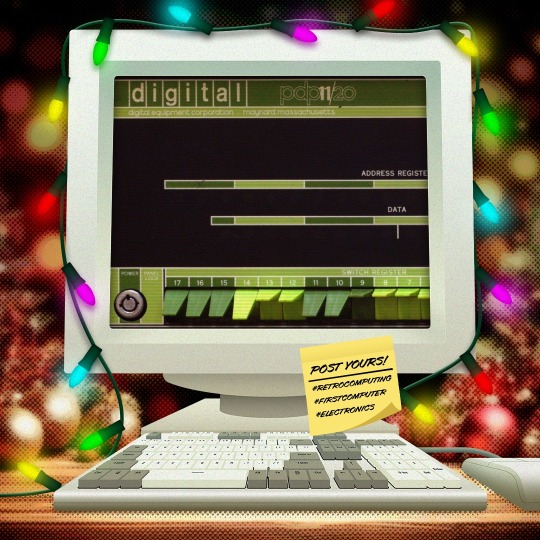
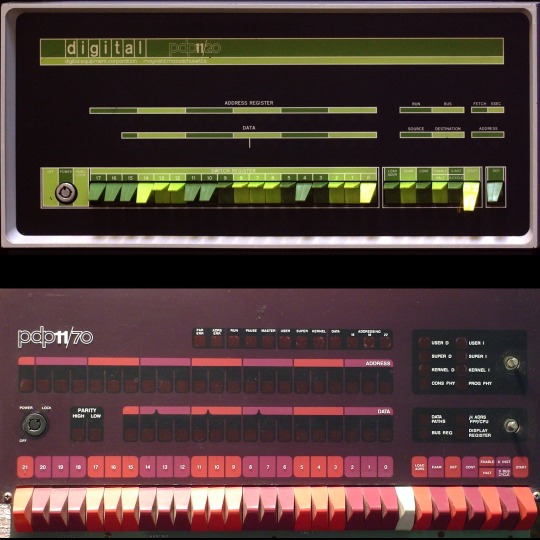
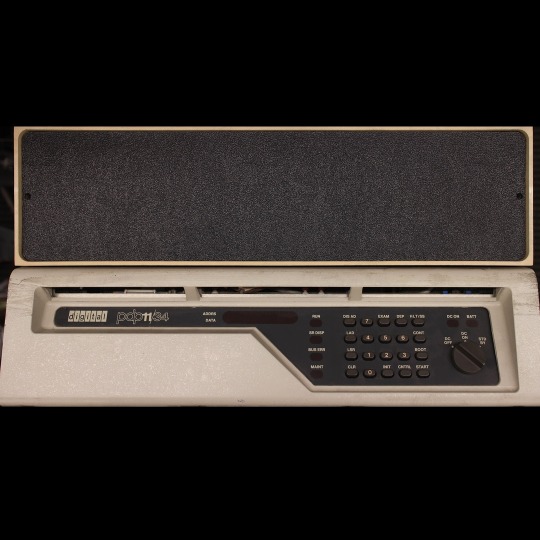
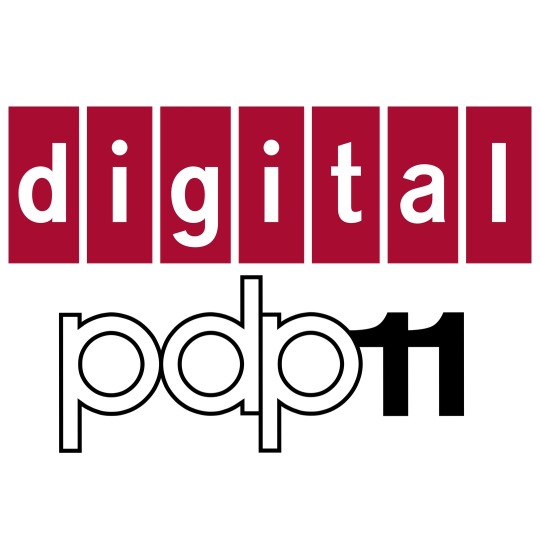
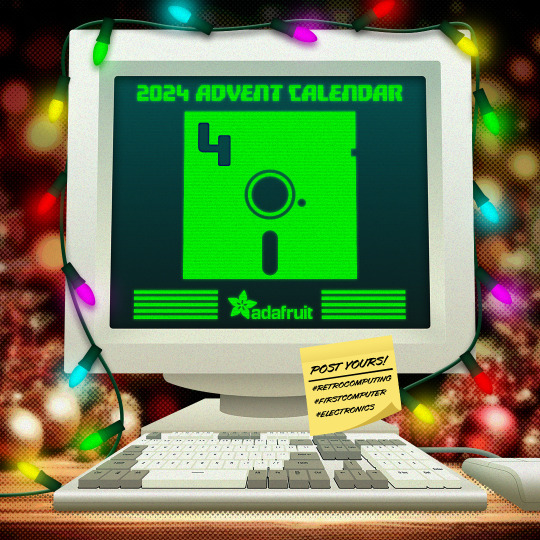
🎄💾🗓️ Day 4: Retrocomputing Advent Calendar - The DEC PDP-11! 🎄💾🗓️
Released by Digital Equipment Corporation in 1970, the PDP-11 was a 16-bit minicomputer known for its orthogonal instruction set, allowing flexible and efficient programming. It introduced a Unibus architecture, which streamlined data communication and helped revolutionize computer design, making hardware design more modular and scalable. The PDP-11 was important in developing operating systems, including the early versions of UNIX. The PDP-11 was the hardware foundation for developing the C programming language and early UNIX systems. It supported multiple operating systems like RT-11, RSX-11, and UNIX, which directly shaped modern OS design principles. With over 600,000 units sold, the PDP-11 is celebrated as one of its era's most versatile and influential "minicomputers".
Check out the wikipedia page for some great history, photos (pictured here), and more -
And here's a story from Adafruit team member, Bill!
The DEC PDP-11 was the one of the first computers I ever programmed. That program was 'written' with a soldering iron.
I was an art student at the time, but spending most of my time in the engineering labs. There was a PDP-11-34 in the automation lab connected to an X-ray spectroscopy machine. Starting up the machine required toggling in a bootstrap loader via the front panel. This was a tedious process. So we ordered a diode-array boot ROM which had enough space to program 32 sixteen bit instructions.
Each instruction in the boot sequence needed to be broken down into binary (very straightforward with the PDP-11 instruction set). For each binary '1', a diode needed to be soldered into the array. The space was left empty for each '0'. 32 sixteen bit instructions was more than sufficient to load a secondary bootstrap from the floppy disk to launch the RT-11 operating system. So now it was possible to boot the system with just the push of a button.
I worked with a number DEC PDP-11/LSI-11 systems over the years. I still keep an LSI-11-23 system around for sentimental reasons.
Have first computer memories? Post’em up in the comments, or post yours on socialz’ and tag them #firstcomputer #retrocomputing – See you back here tomorrow!
#dec#pdp11#retrocomputing#adventcalendar#minicomputer#unixhistory#cprogramming#computinghistory#vintagecomputers#modulardesign#scalablehardware#digitalcorporation#engineeringlabs#programmingroots#oldschooltech#diodearray#bootstraploader#firstcomputer#retrotech#nerdlife
288 notes
·
View notes
Text




More photos of the dusty, baked on filth on that Rolm 1601/04 front panel I brought home.
I figured out what it is though:

Seems this would have been the commercial/scientific option for the Rolm 1601, whereas the other front panel was about half that size.
54 notes
·
View notes
Text
One funny aspect of computer history is that during the 1960s, the term "minicomputer" was introduced for machines that were much smaller than previous computers. Previously, most computers could take up one or several rooms...
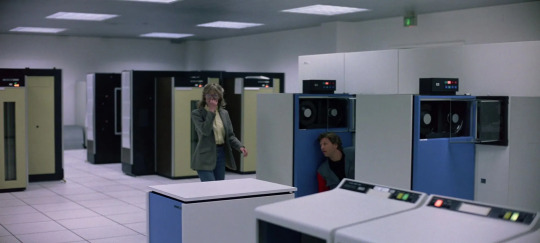
But these fancy new "mini" machines were much smaller. Just look at this:

Yep, this was what was considered a "minicomputer", since it was in fact much smaller than "mainframe" computers.
Of course, this seems to have lead to a problem when even smaller computers were introduced during the 70s and 80s, machines that were much closer to our modern desktop computers:

But since the term "minicomputer" was already taken, they decided to call these smaller machines "microcomputers" instead. And apparently some of the even smaller machines we use today (including our modern mobile phones) are sometimes refered to as "nanocomputers".
I honestly think that maybe they should have waited a little longer with using the term "minicomputer", since I think the terminology feels a little "off" considering the scales of the machines that they're currently applied to. But on the other hand, I can understand that people in the 60s might not have been able to imagine having computers that you could carry around in your hand.

Then again...
12 notes
·
View notes
Text

I made a lego case for my Raspberry Pi4 with fan hat and 3.5" LCD touchscreen module (that is attached with a flatwire to the Raspi-fan hat combination).


- - -- --- -----
Yesterday's version of the Raspi case without the screen part:






(the top lid can be opened)
#raspberry pi#hardware#raspi#raspberry pi4#pip boy#hardware setup#minicomputer#microcomputer#lego#custom builds#custom build#custom hardware#diy hardware case#crafty#crafts#craft#tinkering#tinker#diy
13 notes
·
View notes
Text

Trying out the raspberry pi 4 to use for an installation!
1 note
·
View note
Text
i love minis. i recently took home an HP D-Class late 90s mini with a 32bit PA-RISC processor. sitll gotta get her cleaned up and working and etcetera, but i have her matching terminal too!

#objectum#computer#computer love#minicomputer#i should post pics of her.#i want an OG mini tho.#lovers..
152 notes
·
View notes
Text

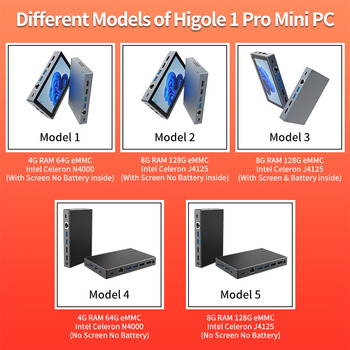


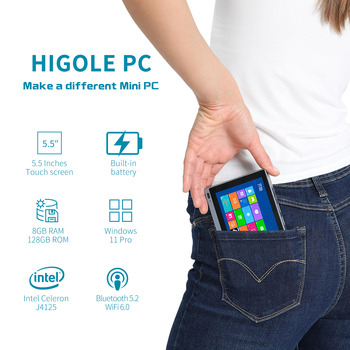

Top On Sale Product Recommendations!
HIGOLE 1 Pro Tablet Pad Industrial Windows 11 Tablet Mini PC 5.5inch Touch Screen Mini Computer Intel J4125 8GB + 128GB +WIFI 6
Original price: USD 250.40
Now price: USD 125.20
Click&Buy :
#aliexpress#aliexpressfinds#aliexpressmania#aliexpressshopping#aliexpressunboxing#aliexpress_products#HIGOLE#minicomputertable#minicomputer
0 notes
Photo

Data General Eclipse and terminals.
106 notes
·
View notes
Text

60s era Sperry Rand UNIVAC nameplate.
#the 60s#the 1960s#computing#vintage computers#vintage tech#vintage technology#technology#the digital age#vintage electronics#electronics#digital computers#digital computing#data entry#univac#sperry#sperry rand#the rand corporation#sperry univac#minicomputers#mainframe computers#data processing
44 notes
·
View notes
Text
The pictured PiDP-11 replica doesn't really do justice to the size of the machine. Here's a real PDP-11/70 mounted in a rack along side of several other DEC minicomputers of the PDP-8 and PDP-11 lineage and beyond. These examples are present at the Large Scale Systems Museum in Pittsburgh, PA.

Here's an example of an earlier model, the PDP-11/20 at the Computer History Museum in Mountain View, CA.

And this big heavy thing is just the computer. Without peripherals like mass storage in the form of paper tape, magnetic tape, disk packs, floppy drives, etc. or interfaces like teletypes or terminals, this thing isn't all that useful. It's just the computer.

Probably one of the single most important computers to computing history, the 16-bit PDP-11. This minicomputer and its 22 year lifespan birthed UNIX and the C programming language, as well as setting the stage for the office computer properly. They build them for about 20 years, in various forms from the 70s to 1990, and the last version of UNIX for it was made in 1992. Remember Kids, IBM was important to the computer, but DEC were the true harbingers of modern computing.
102 notes
·
View notes
Text

Rolm 1601/04 front panel vs. Nova 1200 front panel
49 notes
·
View notes
Text
i better not hear a single corporation bitch about streaming numbers being down bc its their own damn fault for taking picture in picture away
#im still so fucking mad about this#BITCH LEMME MULTITASK ON MY MINICOMPUTER#like its whatever bc i can use my webbysites but STILL the convenience of a fucking streaming platform is so inconvenient nowadays
5 notes
·
View notes
Text
Me
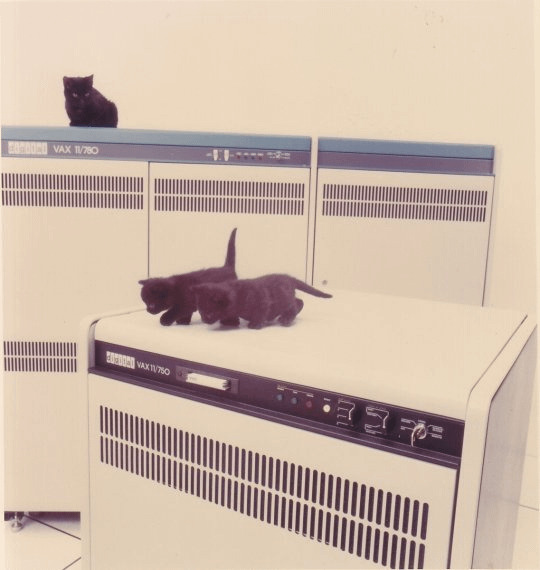
#i remembered this picture while i was infodumping to my gf about DEC and the PDP line of minicomputers#friends :)
6 notes
·
View notes
Text
A mainframe based programming chat group, late 1970s
*for our purposes, a youtube account only counts if you’ve used it to post videos.
reblog for reach/bigger sample size!!
26K notes
·
View notes
Text
deeply amusing to me how the term "minicomputer" was coined very prematurely
9K notes
·
View notes